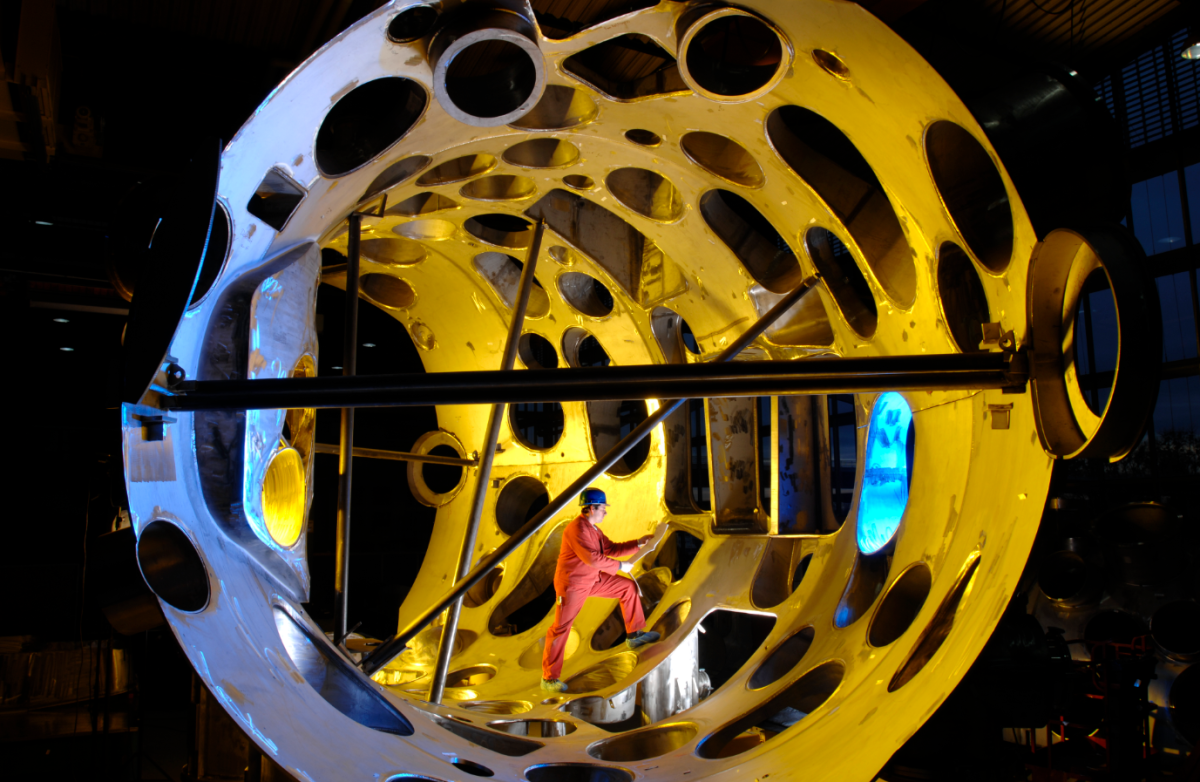“Now or never”: German fusion startups urge €3 billion state push for pilot plants
Germany’s public support for nuclear fusion technology must shift gears to avoid that the country falls behind the US and China, according to a joint call by the country’s leading fusion startups Proxima Fusion, Marvel Fusion and Focused Energy.
With cabinet discussions about Germany’s fusion strategy scheduled for 1 October, the companies urged the government to commit 3 billion euros by 2029 to build the large-scale demonstration plants they have planned, which would mark a milestone on the way to commercial applications.
“This corresponds to the government funding required to build three pilot plants, which will herald the start of industrial production,” the companies said. Such funds would leverage additional private investment of 20 to 50 percent, they argued, adding that the US and China are already pouring billions into the technology in a bid for global leadership.
“In order to establish a genuine fusion industry, funding instruments must move beyond traditional research funding as quickly as possible,” the companies argued. “The technology has advanced so far that it now urgently needs mechanisms to enable the transition from research to commercial application at the necessary scale and speed.”
“The intermediate step of pilot plants significantly reduces the investment risk for the government, industry and private investors, drives the rapid growth of the fusion ecosystem right from the start and creates spillover effects across the German economy,” the statement said.
The companies also called for a new legal framework to exempt fusion from laws dictating the use of conventional nuclear fission, which Germany ended in 2023, and for EU coordination via the IPCEI (Important Project of Common European Interest) scheme, which requires member state cooperation and facilitates subsidies. “Germany must actively participate in the planning and implementation of a specific fusion IPCEI to ensure European coordination and exploit synergies.”
Germany wants to build “world’s first fusion reactor”
Germany’s government singled out nuclear fusion as one of six key future technologies two months ago, saying it will present a long-term “Fusion Action Plan” this year, which is to be followed by a “Fusion Energy Research and Innovation Roadmap (FIRE)” in 2026.
In their coalition agreement, the parties forming the government - chancellor Friedrich Merz’s conservative CDU/CSU alliance and the Social Democrats (SPD) - agreed more support for nuclear fusion research and the goal of building “the world’s first fusion reactor”. The European Commission is also preparing an EU fusion strategy.
Fusion technology is still in the experimental stage, and even many proponents say that commercial use is at least decades away, meaning that neither Germany nor Europe can count on the technology to become climate neutral by 2045 and 2050 respectively. But researchers and investors have become increasingly confident it one day can provide a safe, climate-friendly, and practically inexhaustible energy source. Dozens of startups backed by private capital joined the field, bringing new momentum through research milestones.
Window of opportunity
The startups argued that Germany is well-placed to turn its leading role in the technology into a long-term advantage, but it must hurry up.
“Germany boasts unique diversity in fusion technology,” their statement said. The companies pointed out successes in both laser and magnetic fusion, two different approaches with the same goal: fusing light atomic nuclei to release huge amounts of energy.
“Germany has a unique historical opportunity to develop its own industry with fusion energy and secure its own economic and technical sovereignty in the long term,” they said. “The launch of the fusion industry and the framework conditions for its success must be decided politically now, in the coming months.”
“The alternative is clear: without decisive action, the United States and China will take the lead, and Germany and Europe will once again miss out on a future technology.”


